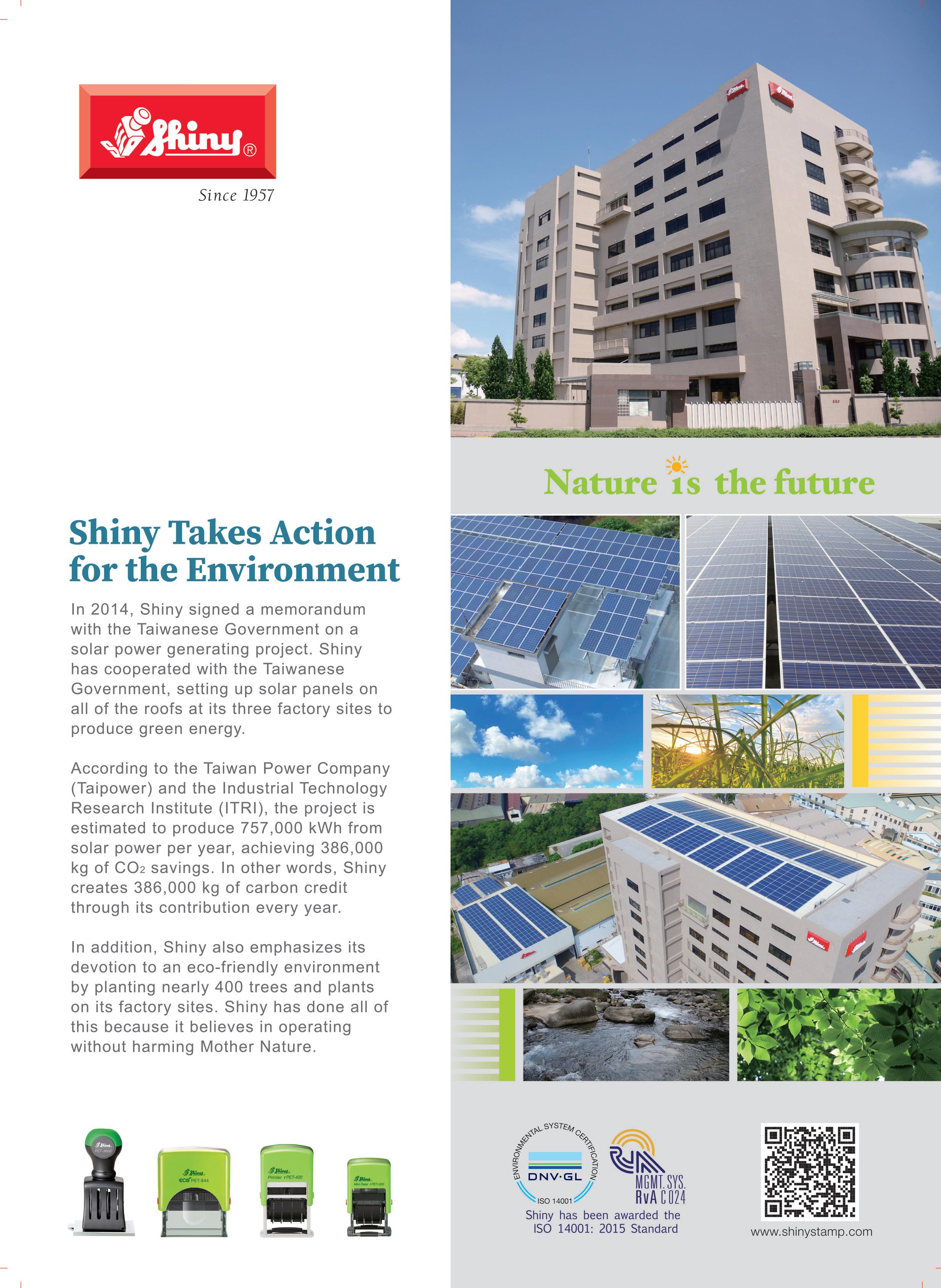
3 minute read
Final Word
Pricing DYNAMICS
On 12 January 2022, OPI held its first-ever webinar as part of a brand new series called Insights, exclusively available at no extra charge for members and subscribers. Designed to tackle topical issues in the business products world, the webinar discussed how the industry can deal with the unprecedented cost pressures that so many sectors are facing.
The hour-long session was hosted by OPI Commercial Director Chris Exner and featured four guest panellists from North America. Three of these were senior executives representing the wholesaler, vendor and reseller channel, respectively. In addition, Tim O’Connor, a pricing specialist from Retail Performance Solutions, provided some valuable context and insight into pricing and inflation dynamics.
O’Connor’s introductory presentation was largely optimistic about the chances of a return to some kind of normality and stability in 2022. COVID, he said, was shifting from an event to an ongoing reality while the US Centers for Disease Control and Prevention believes the Omicron variant, combined with vaccinations and boosters, is providing a “substantial barrier to reinfection”.
INFLATION EASING
Turning to inflation, O’Connor showed that input costs across a number of key commodities, labour and freight are set to increase by 8.5% this year, down from a whopping 36% in 2021. The big question, he noted, is determining what is structural versus transitory.
He explained that supply chain bottlenecks, which have been such a major disruptor at US ports, are largely expected to be clear by the middle of 2022. However, longer-term structural issues in port systems and processes and “inflexible” supply chain strategies are likely to remain an ongoing vulnerability, so scenario planning continues to be “a must”.
More importantly, O’Connor noted, the “upside down supply/demand balance” will reverse, with supply improving and demand softening. This will lead to a resumption of competitive pressure, promotional activity and greater difficulty in pricing pass-throughs.
For the latter, he suggested, the door is expected to close by Q3 2022. He also advised attendees not to load up downstream channels with high-cost inventory as they are unlikely to appreciate it, with PPE being a prime example.
Inventory supply chain transparency and visibility will stay key, O’Connor asserted, with speed and scenario responsiveness set to be substantial differentiators. With few suppliers having both scale and agility, it is a situation expected to benefit smaller players and lead to further SKU rationalisation at the larger ones.
Other important factors will be service components to complement products, channel diversification and routes to customer, plus the need for last-mile cost efficiencies, all of which will no doubt resonate with many OPI readers.
KEY TAKEAWAYS
With O’Connor’s initial input, there followed an insightful Q&A session with the other panellists. Here are some of the key takeaways:
• Manufacturing plants are struggling to keep up with current demand even when running at full capacity. This had led to product shortages throughout the supply chain and a drop in ‘normal’ service levels. In several cases, suppliers have had to put customers on allocation due to shortages or out-of-stocks.
• The industry is set up to handle regular price increases, for example at the start of a year or a quarter. The sheer number and frequency of price hikes over the past 18 months has made it difficult to pass these on to end-user customers, especially for resellers outside the
‘mega’ channel which might not operate within a contract structure. • Paper is a category particularly impacted by price increases. Despite secular declines, it is still a tremendously important part of a reseller’s portfolio. The situation has been exacerbated by manufacturers switching production to higher-margin segments such as packaging. • Average order value – and therefore average order profitability – remains a considerable headache in the B2B channel as people continue to work from home. Connected to this, route density when making deliveries to residential addresses is a big challenge. • Despite customers having become used to next-day delivery as standard – and expecting this – there is more understanding and acceptance of longer delivery times. This is especially true for non-critical items.
The next OPI Insights webinar will take place in late February/ early March and will be focused on the European market. To be eligible to attend webinars at no cost, please contact Commercial Director Chris Exner at chris.exner@opi.net for membership and subscription information.
NEXT ISSUE
Special Issue HEALTH & WELL-BEING











